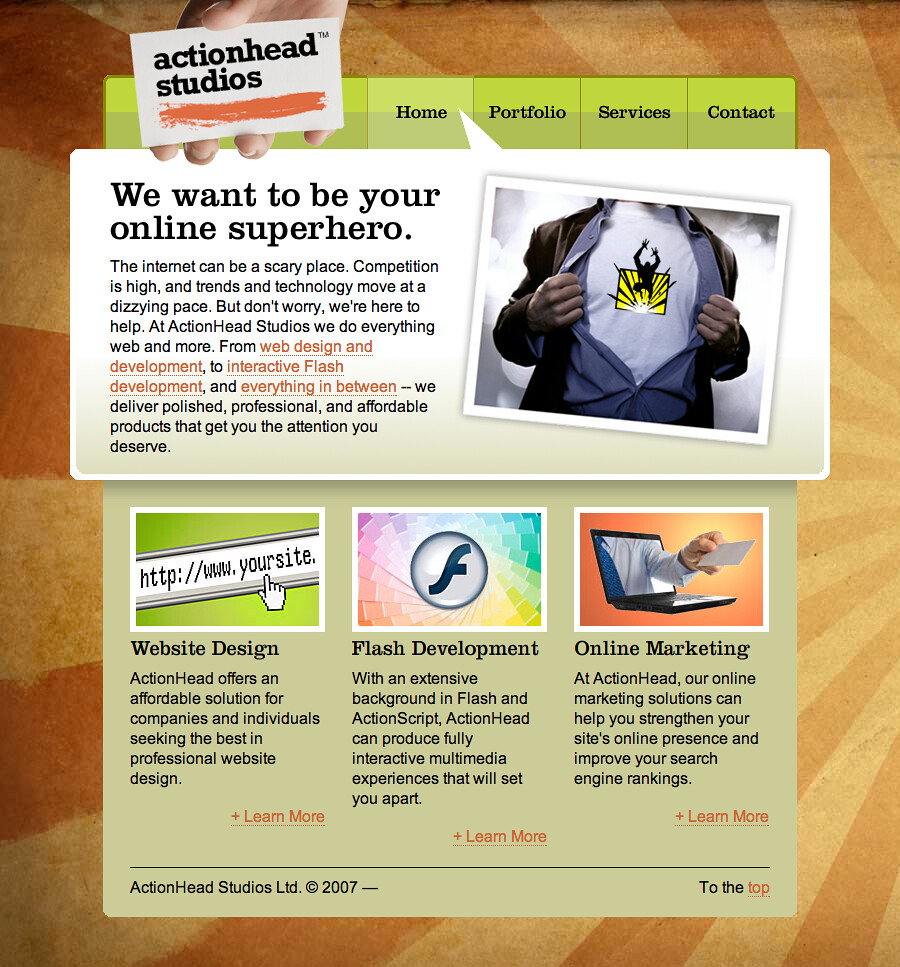Introduction:
In the digital age, a well-designed website is the cornerstone of a successful online presence. Whether you’re a business owner, a blogger, or an entrepreneur, understanding the essential elements of effective website design is crucial for capturing attention, engaging users, and achieving your goals. In this comprehensive guide, we will explore the key elements that contribute to a compelling and user-friendly website design. Let’s dive in!
- Purposeful Layout and Navigation:
A well-organized layout and intuitive navigation are fundamental to a positive user experience. Consider the hierarchy of information and strategically place elements to guide users seamlessly through your website. Clear and concise navigation menus, breadcrumbs, and search functionality ensure users can find what they’re looking for quickly and effortlessly.
- Compelling Visuals:
Visual appeal plays a significant role in capturing visitors’ attention and making a memorable first impression. Utilize high-quality and relevant images, graphics, and videos to convey your brand’s message and create an emotional connection with your audience. Maintain a cohesive visual style throughout your website, aligning with your brand identity and target audience.
- Responsive and Mobile-Friendly Design:
With the increasing use of smartphones and tablets, it’s crucial to prioritize responsive and mobile-friendly design. Your website should adapt seamlessly to different screen sizes, ensuring optimal viewing and usability across devices. Responsive design not only improves the user experience but also boosts your search engine rankings.
- Clear and Engaging Content:
Content is king when it comes to website design. Craft compelling and informative content that resonates with your target audience. Use clear and concise language, break up text into digestible chunks, and employ headings, subheadings, and bullet points to enhance readability. Incorporate engaging visuals and multimedia elements to make your content more dynamic and interactive.
- Strong Calls-to-Action (CTAs):
Guide users towards desired actions with strategically placed calls-to-action (CTAs). Whether it’s signing up for a newsletter, making a purchase, or contacting your business, CTAs should be clear, visually prominent, and compelling. Use action-oriented language and create a sense of urgency to prompt users to take the desired action.
- Optimized Loading Speed:
In today’s fast-paced digital landscape, users expect websites to load quickly. Optimize your website’s loading speed by minimizing file sizes, leveraging caching techniques, and optimizing code. A faster website not only improves the user experience but also positively impacts your search engine rankings and conversion rates.
- Seamless Integration of Brand Identity:
Your website should reflect your brand’s unique identity and personality. Incorporate your brand colors, logo, typography, and other visual elements consistently throughout your website. Consistency in branding helps build trust, reinforces brand recognition, and creates a cohesive user experience.
- User-Friendly Forms:
Forms are vital for capturing user information, such as contact details or feedback. Design user-friendly forms that are easy to fill out, with clear labels and intuitive input fields. Minimize the number of required fields and provide helpful error messages to facilitate a smooth form submission process.
Conclusion:
Designing an effective website involves careful consideration of various elements that contribute to an exceptional user experience. By focusing on purposeful layout, compelling visuals, responsive design, engaging content, strong CTAs, optimized loading speed, brand integration, and user-friendly forms, you can create a website that captures attention, engages users, and drives desired actions. Keep this comprehensive guide in mind as you embark on your website design journey, and watch your online presence thrive.

